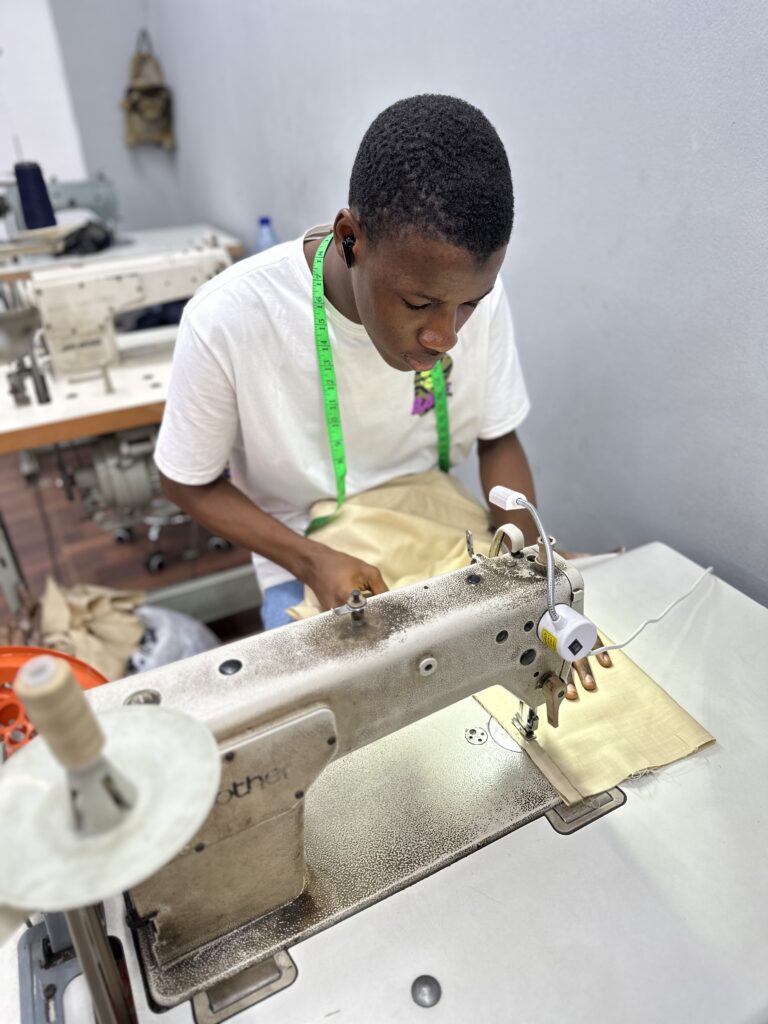Expert Tailor Perth: Crafting Custom Suits for every single Celebration
Expert Tailor Perth: Crafting Custom Suits for every single Celebration
Blog Article
Understanding the Tailoring Refine: From Textile Option to Last Suitable for the Suitable Wardrobe
The tailoring procedure is an intricate interaction of art and scientific research, starting with the crucial decision of material choice and finishing in the specific adjustments of last fittings. Each fabric type brings unique high qualities that influence not only the aesthetic charm but also the garment's long life and viability for different celebrations. Understanding the nuances of customizing strategies can boost one's closet to unprecedented degrees of elegance. As we check out these aspects further, one must consider just how even the smallest information can dramatically affect the overall outcome of one's individual design.
Importance of Textile Selection
Selecting the appropriate fabric is critical in the tailoring procedure, as it directly influences the convenience, longevity, and total visual of the last garment (tailor perth). The selection of fabric sets the structure for the garment's style, performance, and performance. Various fabrics have unique homes, such as stretch, weight, and breathability, which can significantly affect how the garment drapes and fits the body
In addition, textile choice influences the garment's long life and simplicity of treatment. High-grade textiles can withstand wear and tear, maintaining their look and framework with time, while lower-quality products might cause pilling or fading. Additionally, the ideal material adds to the garment's capability to shift across celebrations and seasons, consequently improving adaptability.
A tailored item made from an ideal textile not only showcases craftsmanship but additionally raises the wearer's self-confidence. Comprehending the nuances of textile choice is critical for any customizing undertaking. It makes sure that the end product not only meets the aesthetic desires of the customer but also aligns with practical needs, thereby accomplishing an unified balance in between kind and function in the customized closet.
Sorts Of Fabrics and Their Uses
Comprehending the different sorts of fabrics available is important for making informed choices throughout the customizing procedure. Each textile possesses unique qualities that determine its viability for particular garments and celebrations.
Cotton, recognized for its breathability and softness, is suitable for casual wear and summertime clothing. Its convenience allows it to be customized right into everything from tee shirts to outfits. Wool, on the various other hand, is preferred for its warmth and structure, making it an excellent selection for formal matches and outerwear - tailor perth. Its natural flexibility assists garments maintain form with time.
Silk emanates deluxe and is lightweight, making it ideal for eveningwear and delicate blouses; nevertheless, it calls for mindful handling as a result of its fragility. Linen, with its textured surface, is a prominent selection for warm climates, giving a crisp and ventilated feel, yet it wrinkles easily, which may affect the garment's appearance.
Artificial materials, such as polyester and nylon, deal resilience and resistance to creases, making them suitable for daily wear and energetic garments. Recognizing these textile types and their properties permits better decision-making, guaranteeing that each tailored piece not only fits well however also lines up with the designated purpose and event.
The Tailoring Strategies Clarified
The art of customizing counts on a selection of strategies that change material into well-fitted garments. Central to this process is pattern composing, where a dressmaker produces design templates based on the customer's dimensions and preferred style. This initial step guarantees that the garment will fit the user appropriately before any type of cutting occurs.
Once patterns are established, reducing methods come into play. Accuracy is extremely important as errors can cause misfitting garments. Tailors commonly use various reducing approaches, such as single-layer cutting for intricate designs and multiple-layer cutting for performance on typical patterns.
Basting is one more important strategy, enabling tailors to momentarily stitch fabric assemble for a preliminary installation. This approach provides the possibility to examine the drape and overall silhouette prior to last sewing.
Seaming strategies, consisting of flat-felled seams and French seams, improve the garment's resilience and visual charm. Tailors additionally employ strategies such as interfacing and padding to provide structure and shape to certain locations, like shoulders and collars.
Lastly, finishing techniques, including hemming and edge anchor completing, ensure the garment's long life while providing a polished look. With each other, these strategies form the backbone of efficient customizing, resulting in exquisite, custom-fit clothing.
Suitable Changes and Considerations

Key considerations consist of the shoulder fit, which should neither sag neither restrict movement, and the sleeve size, which should enable comfy arm movement while maintaining a sleek appearance. Furthermore, adjustments at the midsection can fine-tune the silhouette, with alternatives to allow out or absorb fabric as required.
The increase of trousers is another critical factor; it needs to rest easily over the hips without triggering pain, permitting for convenience of activity. Hemming sizes for both trousers and skirts should reflect the user's favored design while respecting percentages.

Preserving Your Tailored Garments
Proper maintenance of tailored garments is necessary to preserving their fit and appearance gradually. To make certain longevity, routine cleaning is vital. Constantly adhere to the care label directions, which might advise completely dry cleansing for fragile textiles or maker cleaning for even more sturdy products. Stay clear of constant laundering, as this can put on down the material and alter the garment's form.
Storage is equally vital; usage cushioned hangers for jackets and coats to maintain shoulder structure, and shop pants folded up nicely or hung to avoid creasing. Safeguard garments from direct sunlight, which can discolor colors and damage fibers.
Additionally, routine evaluations for minor repair work can prevent bigger issues. Look for loosened buttons, fraying joints, or her latest blog indications of moth damages, addressing these issues immediately to maintain the garment's integrity.
Lastly, take into consideration seasonal turning. Putting on customized pieces in moderation allows materials to recoup, expanding their lifespan. By executing these upkeep methods, you can guarantee that your customized garments remain as immaculate as the day you first used them, improving your perfect closet for years ahead.
Conclusion
The tailoring process, encompassing material choice, experienced strategies, and exact fitting changes, plays a vital function in developing garments that enhance both comfort and design. Understanding the value of upkeep extends the life of tailored garments, solidifying their value in a well-curated closet.
Picking the right fabric is important in the customizing procedure, as it directly influences the convenience, resilience, and overall visual of the final garment. The option of fabric sets the foundation for the garment's efficiency, design, and performance. Various textiles possess distinct residential or commercial properties, such as breathability, weight, and stretch, which can significantly affect just how the garment drapes and fits the body.
The art of customizing relies on a variety of strategies that transform fabric right into well-fitted garments.The tailoring process, incorporating material option, knowledgeable methods, and precise suitable modifications, plays a critical duty in creating garments that boost both convenience and style.
Report this page